Filter data
|
ID |
Nickname |
Country / City |
Languages |
Taxonomies |
Comment |
Project / Group |
Map |
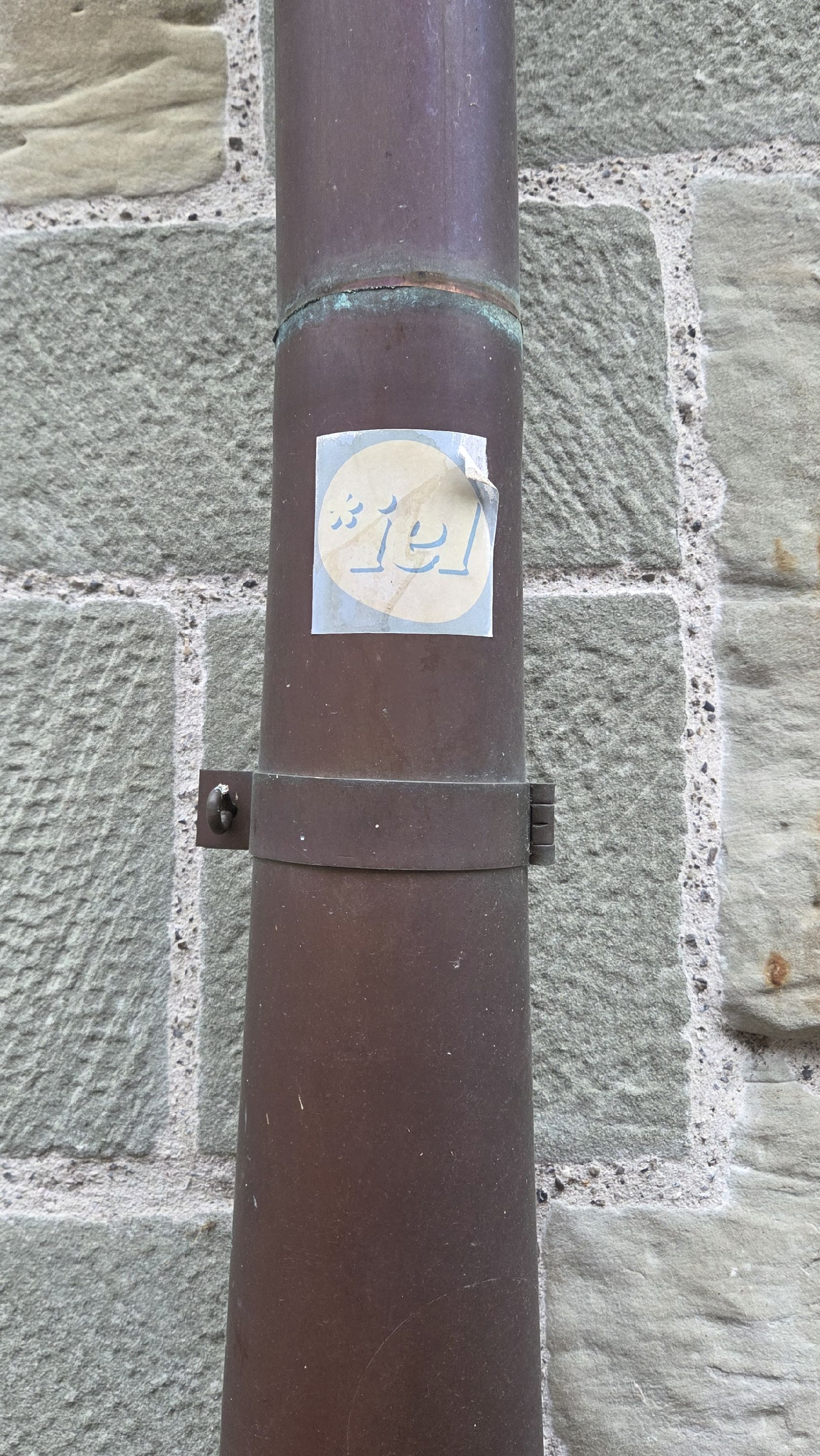
|
149244
|
MSchiegg
|
Switzerland
Fribourg
|
|
|
—
|
Freiburg/Fribourg2025
|
|
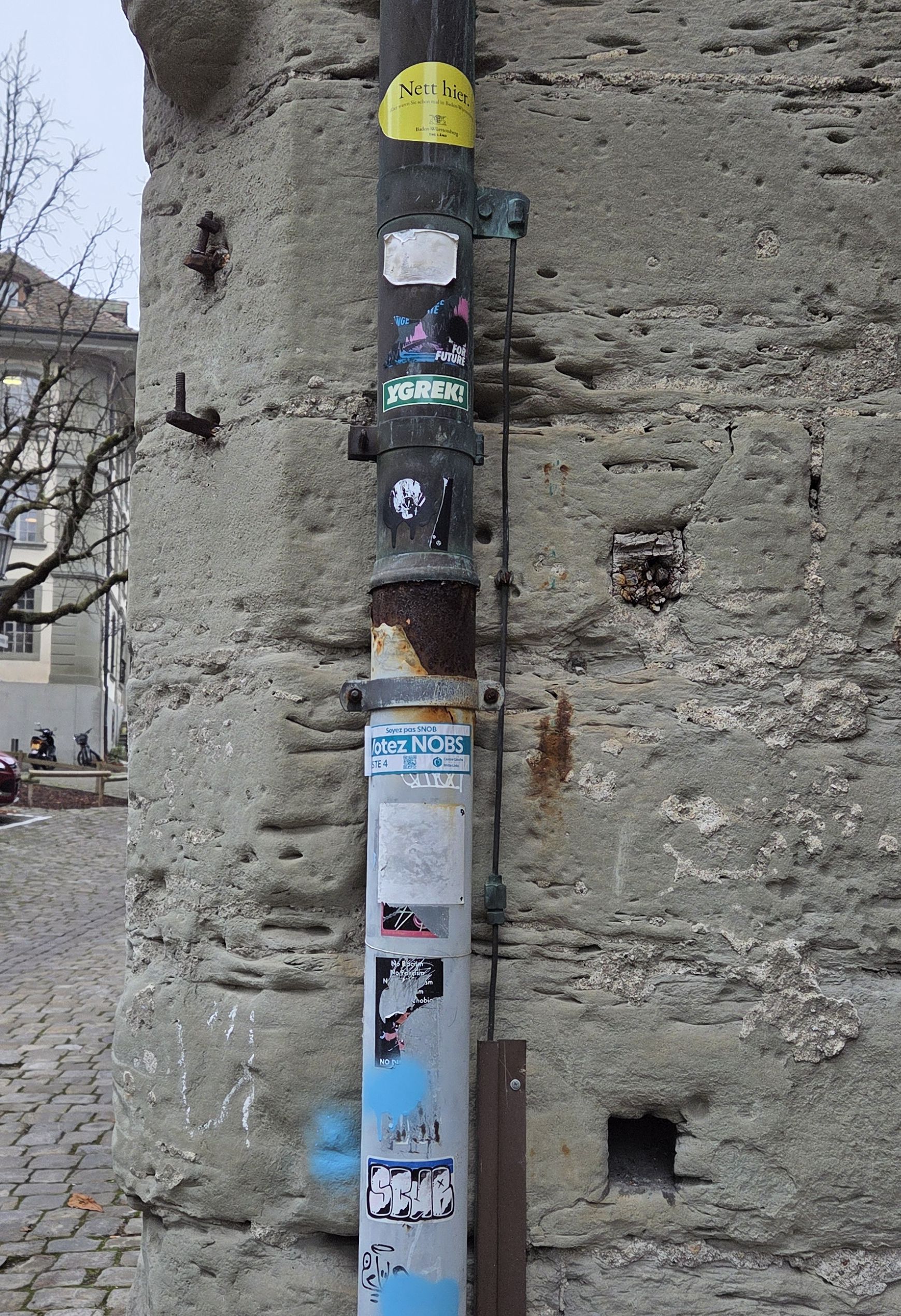
|
149243
|
MSchiegg
|
Switzerland
Fribourg
|
|
|
—
|
Freiburg/Fribourg2025
|
|
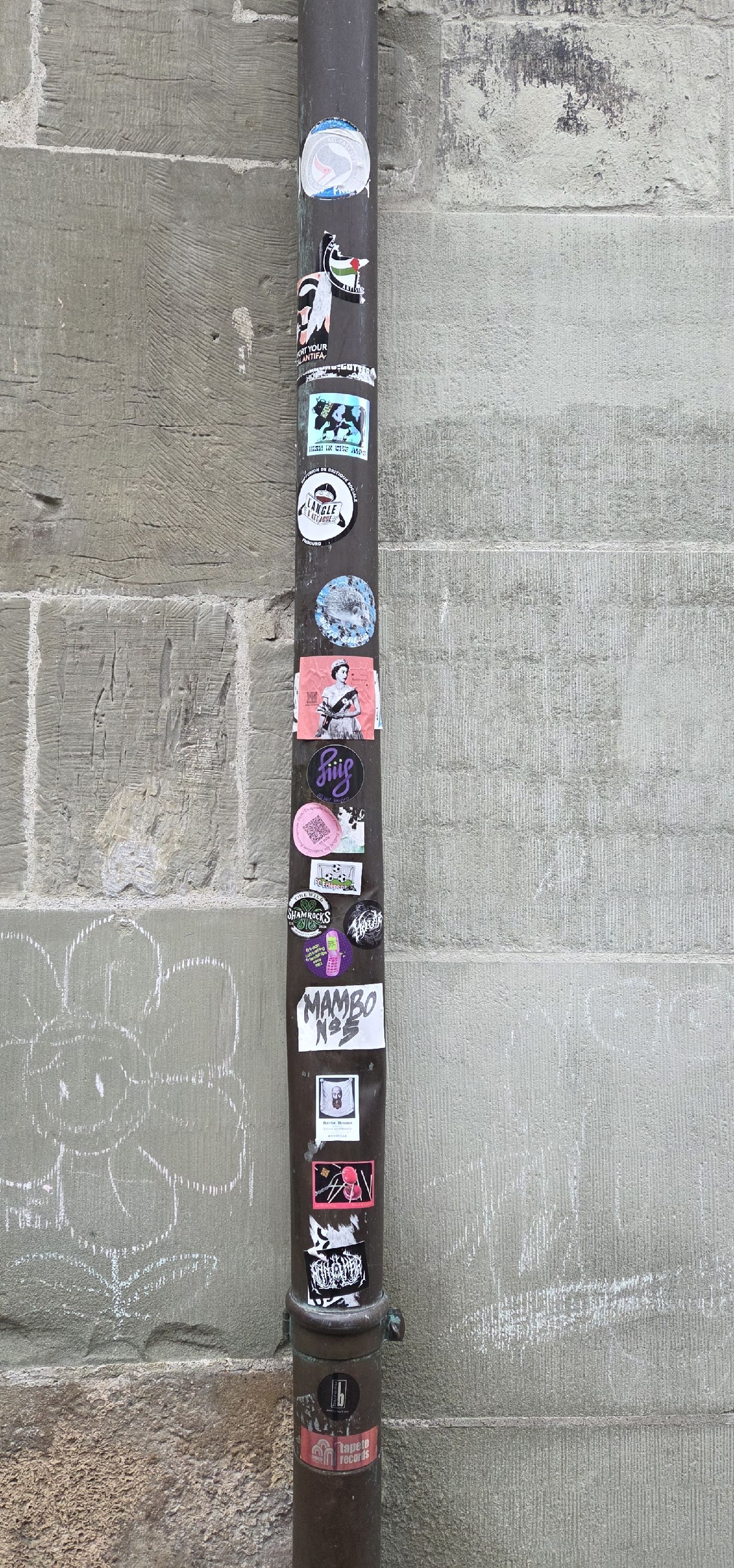
|
149242
|
MSchiegg
|
Switzerland
Fribourg
|
|
|
—
|
Freiburg/Fribourg2025
|
|
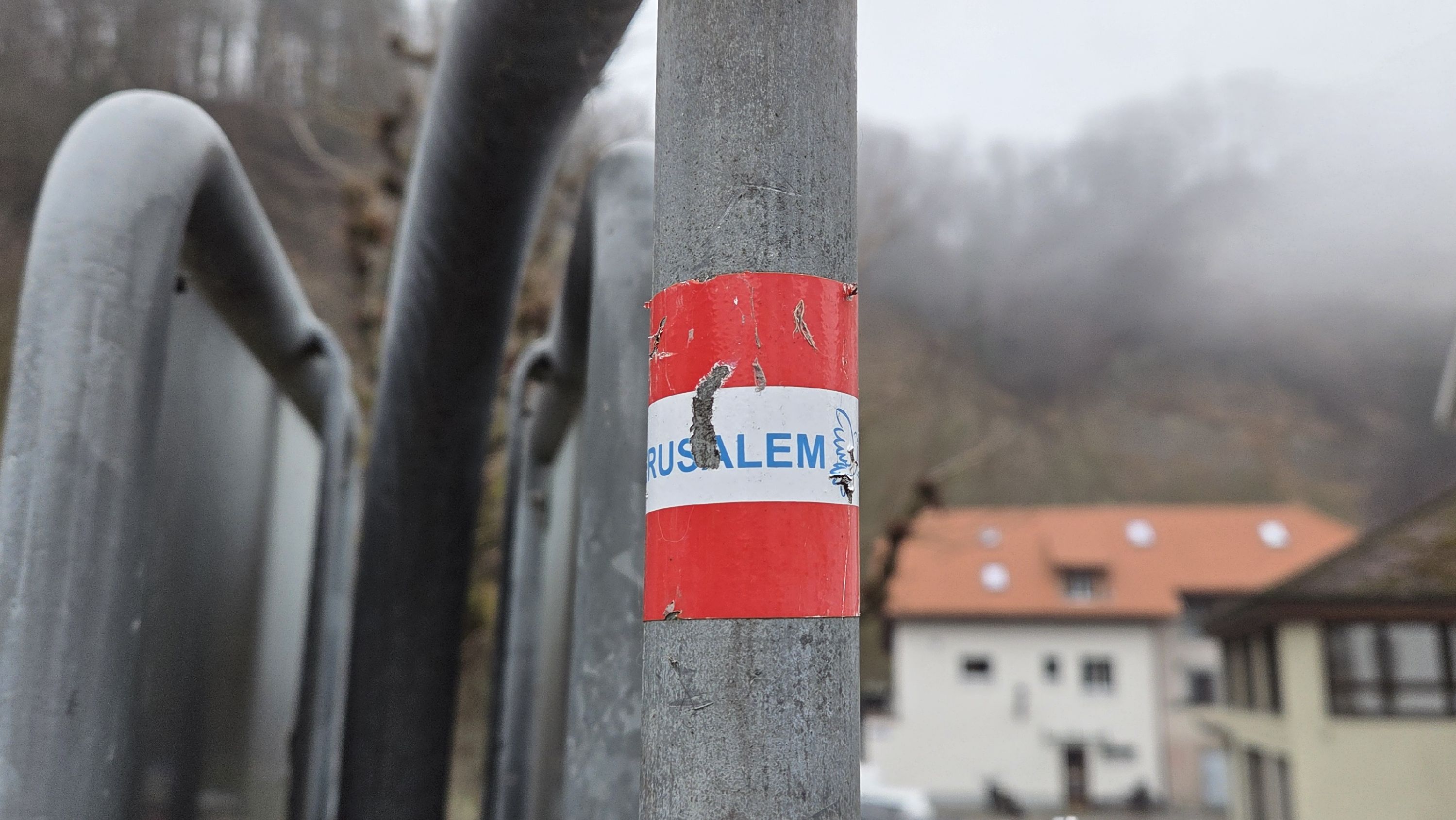
|
149241
|
MSchiegg
|
Switzerland
Fribourg
|
|
|
—
|
Freiburg/Fribourg2025
|
|
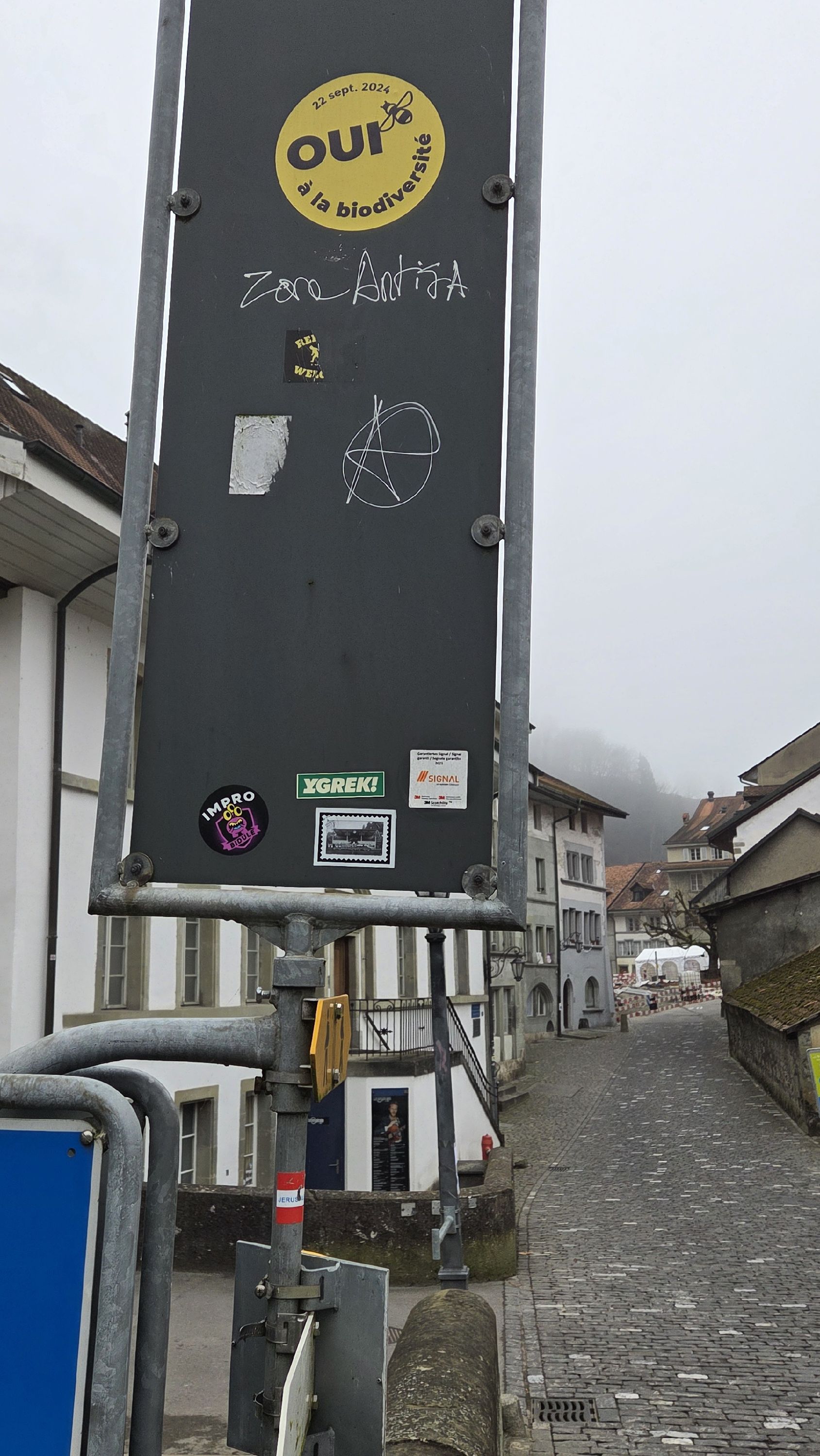
|
149240
|
MSchiegg
|
Switzerland
Fribourg
|
|
|
—
|
Freiburg/Fribourg2025
|
|
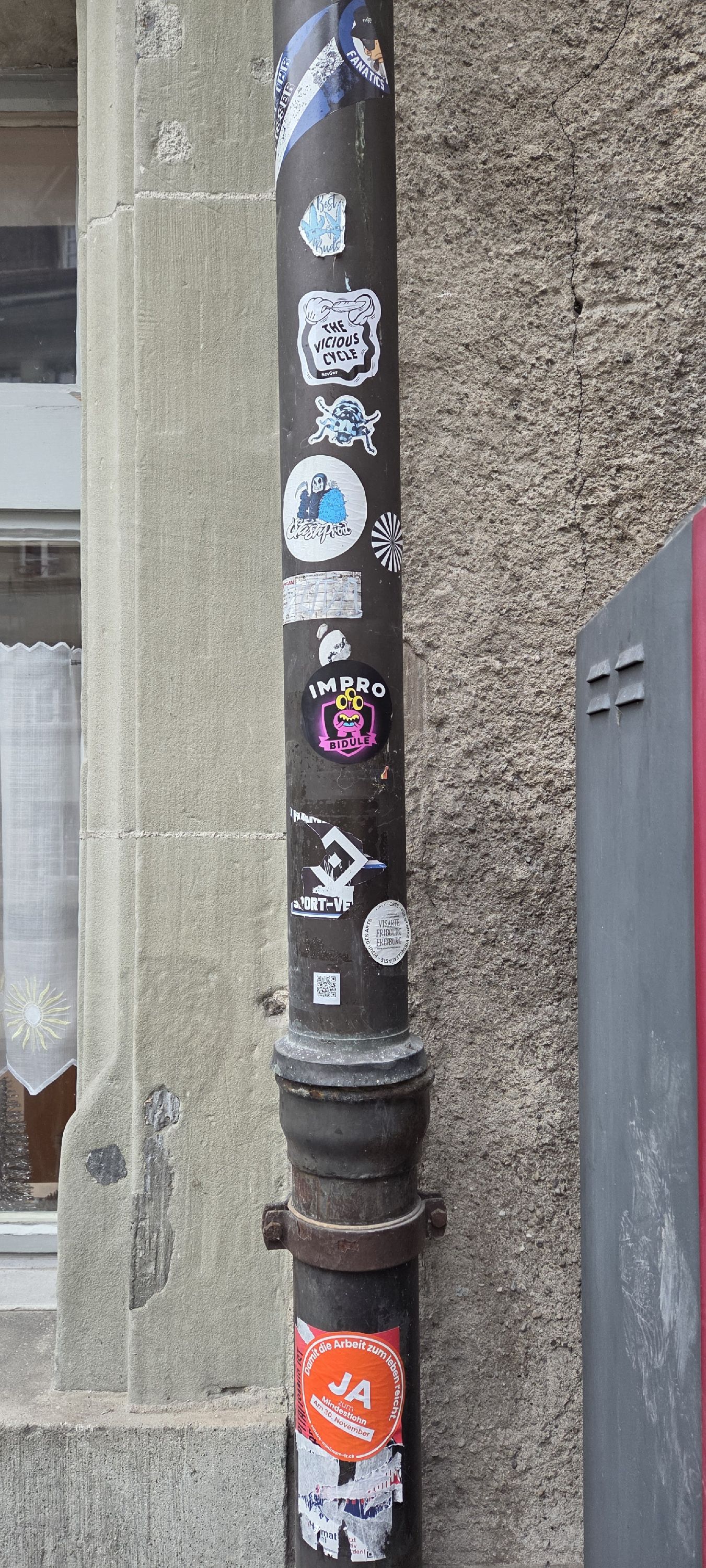
|
149239
|
MSchiegg
|
Switzerland
Freiburg
|
|
|
—
|
Freiburg/Fribourg2025
|
|
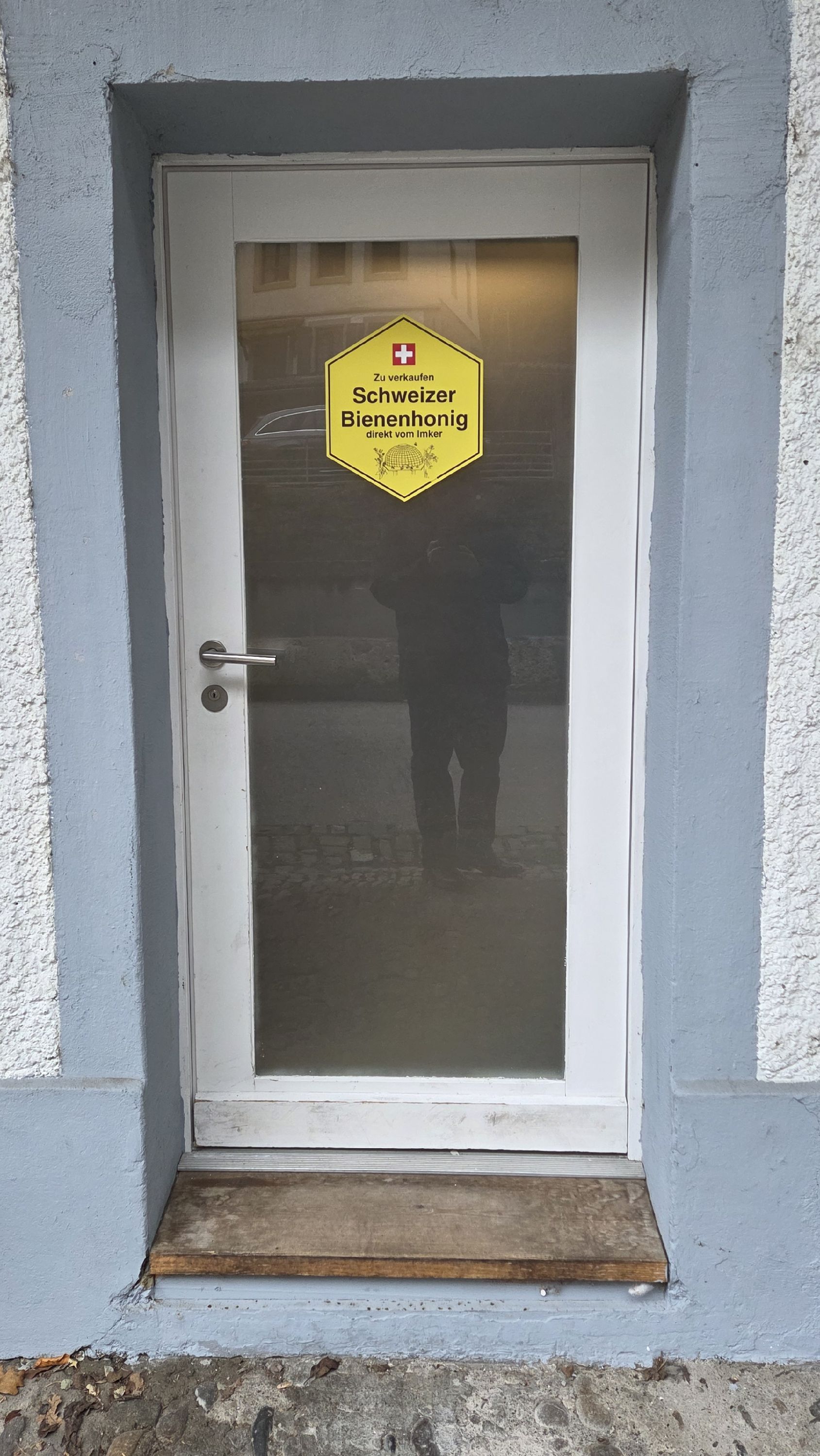
|
149238
|
MSchiegg
|
Switzerland
Fribourg
|
|
|
—
|
Freiburg/Fribourg2025
|
|
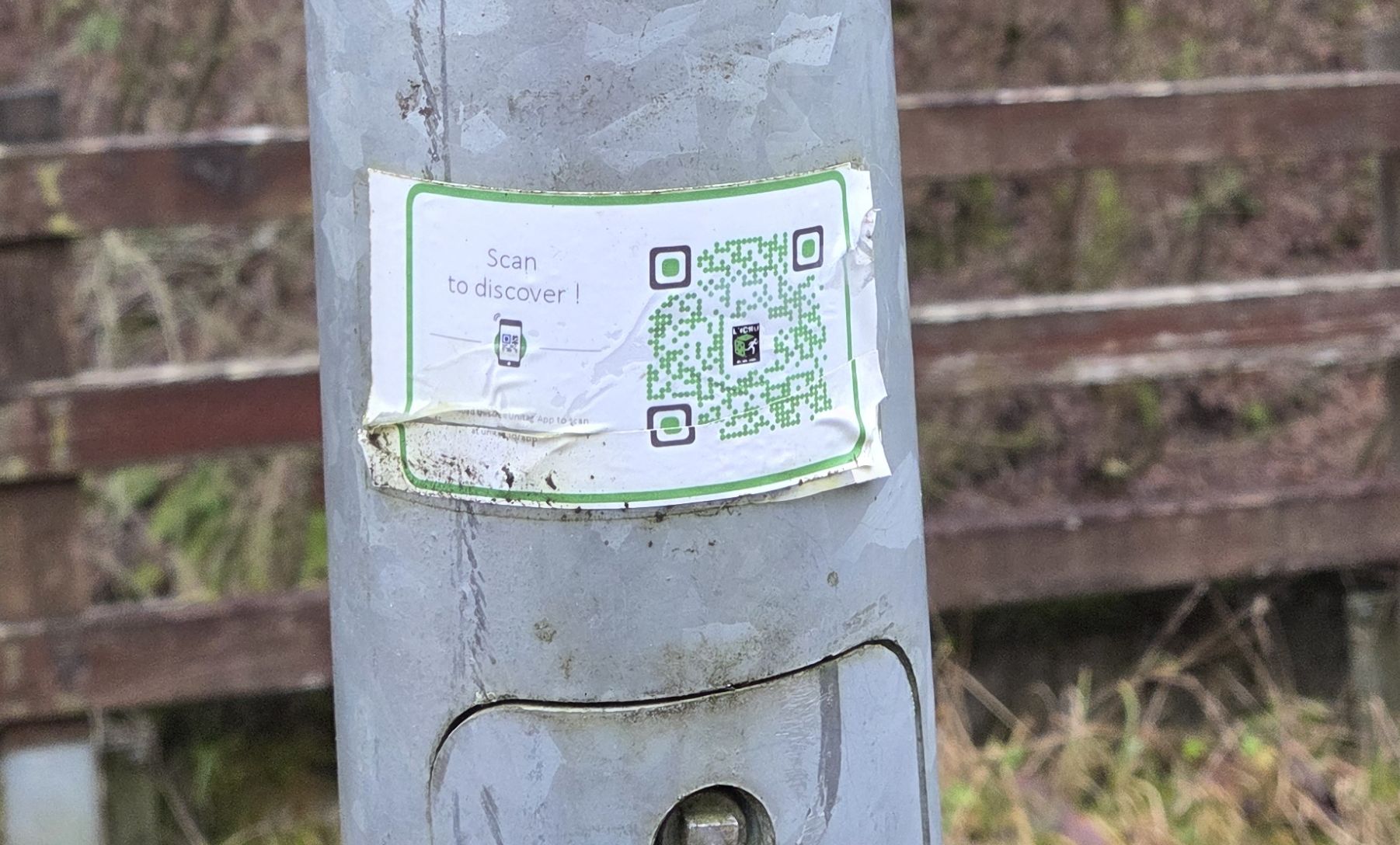
|
149237
|
MSchiegg
|
Switzerland
Fribourg
|
|
|
—
|
Freiburg/Fribourg2025
|
|
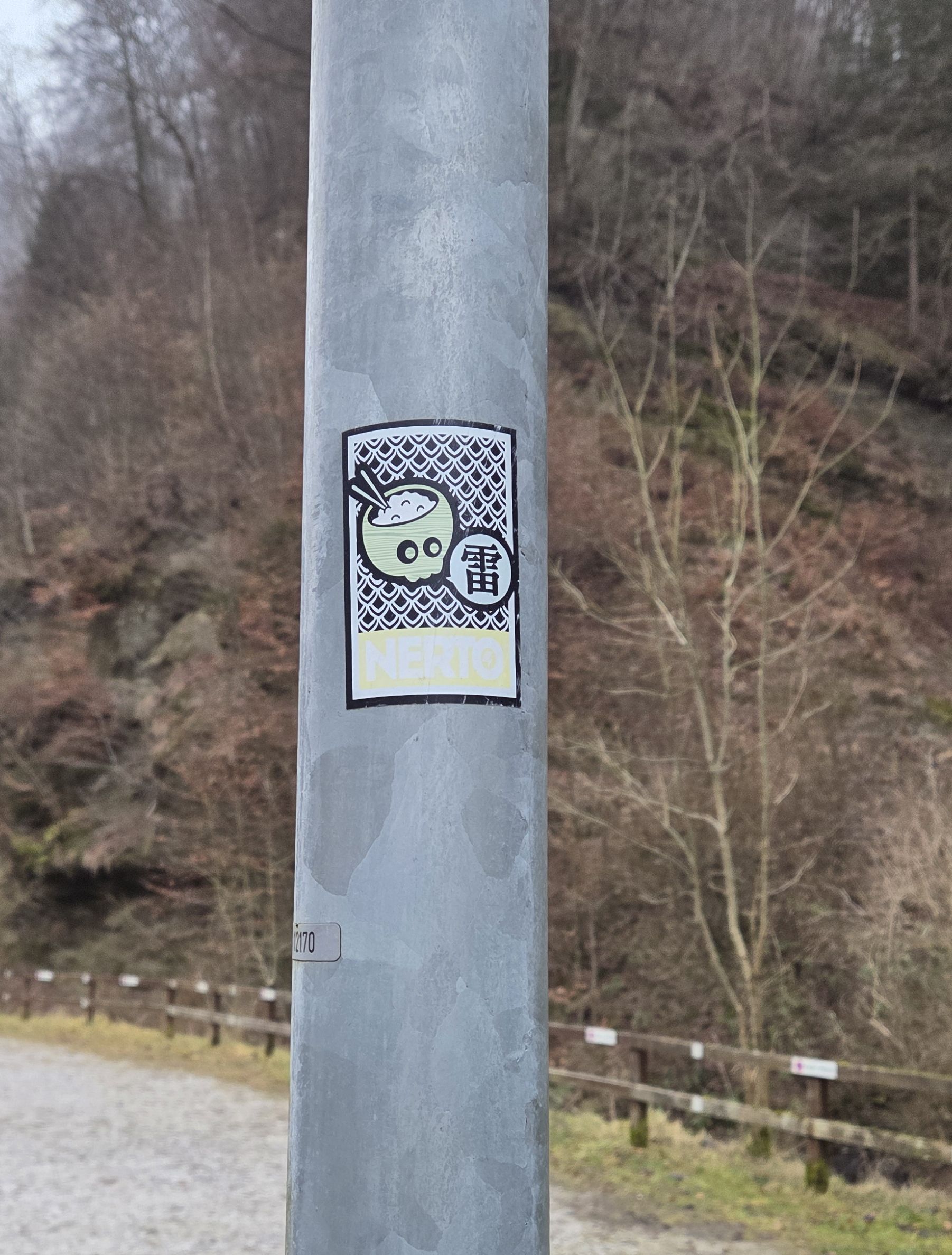
|
149236
|
MSchiegg
|
Switzerland
Fribourg
|
|
|
—
|
Freiburg/Fribourg2025
|
|

|
149235
|
MSchiegg
|
Switzerland
Fribourg
|
|
|
—
|
Freiburg/Fribourg2025
|
|
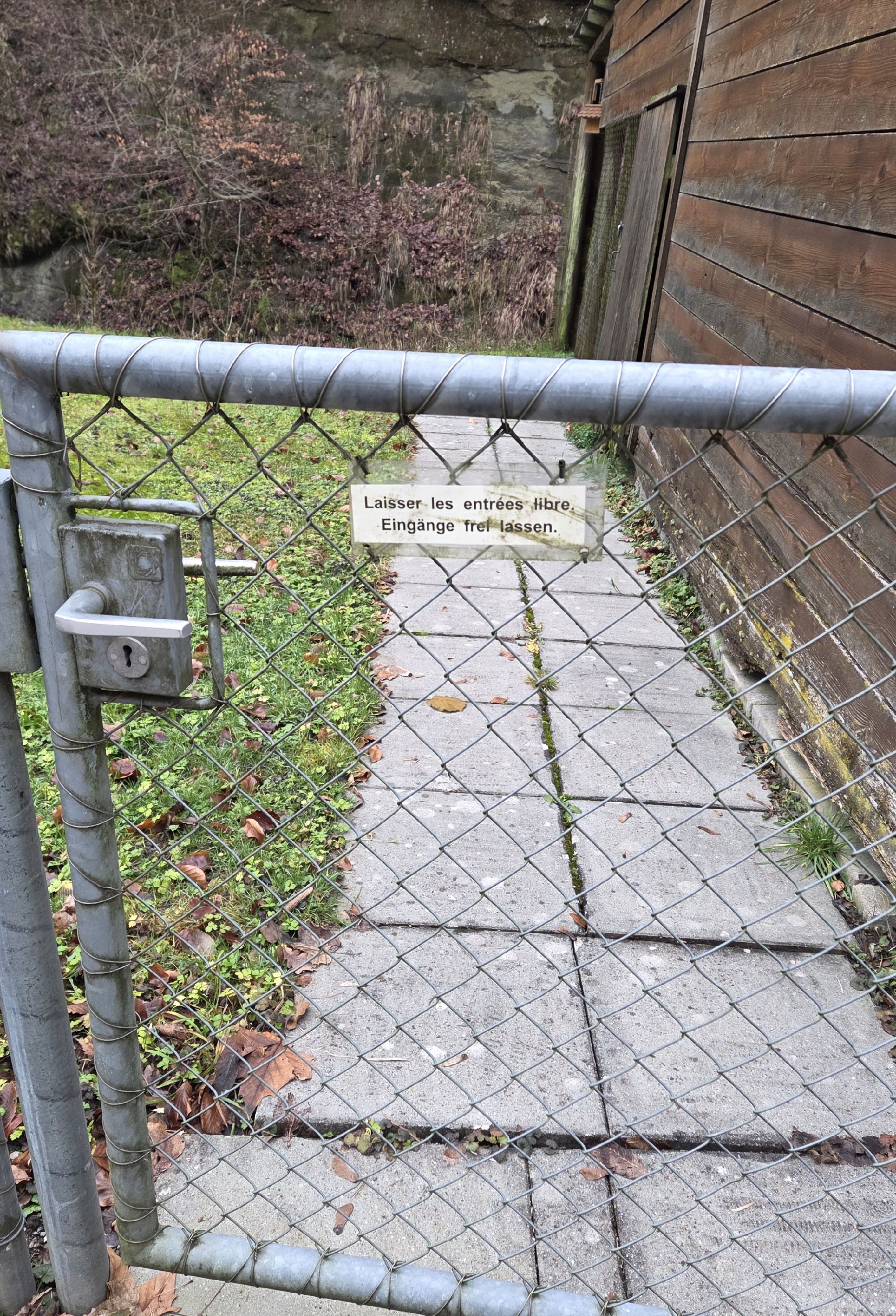
|
149234
|
MSchiegg
|
Switzerland
Fribourg
|
|
|
—
|
Freiburg/Fribourg2025
|
|
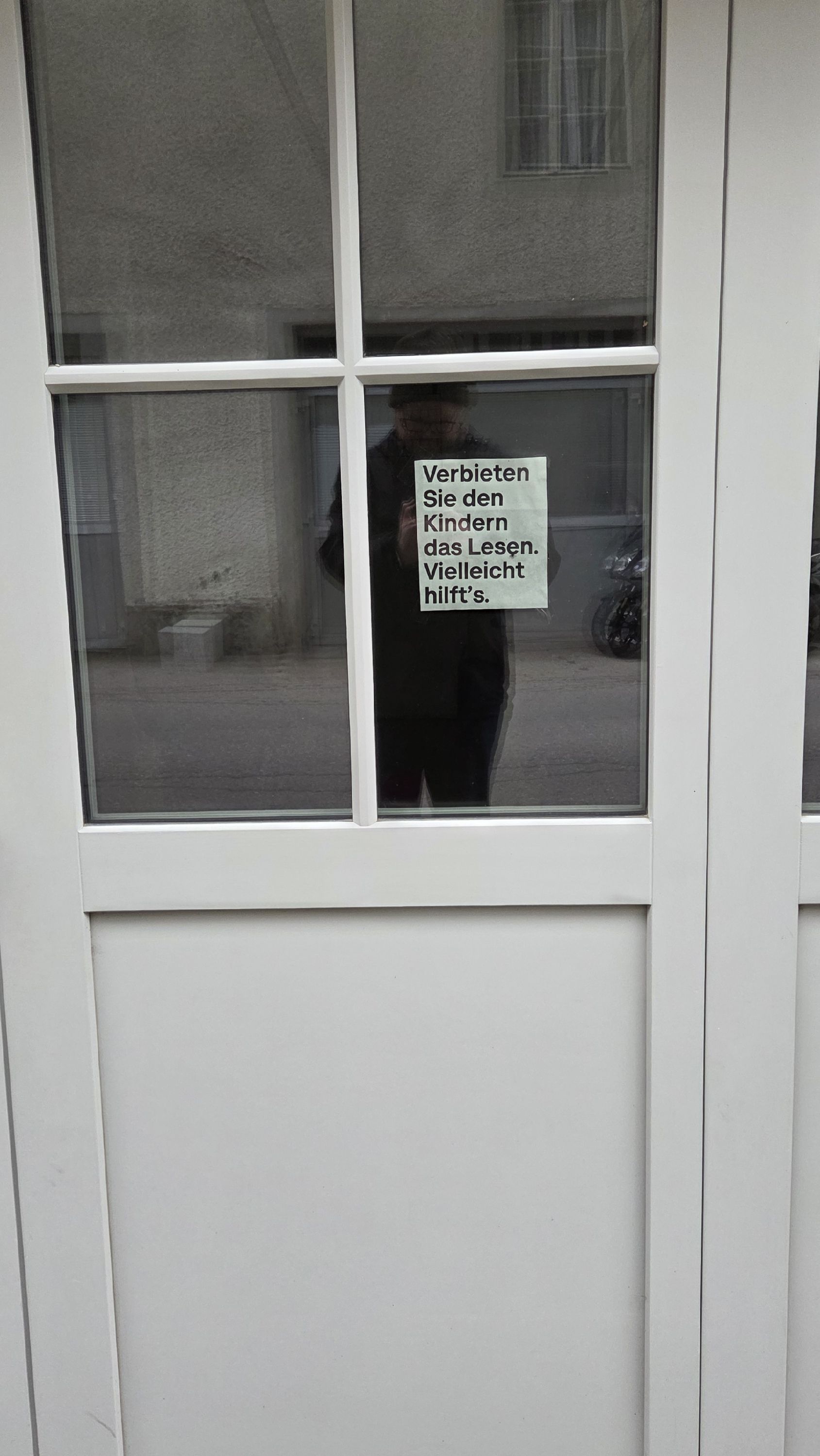
|
149233
|
MSchiegg
|
Switzerland
Fribourg
|
|
|
—
|
Freiburg/Fribourg2025
|
|
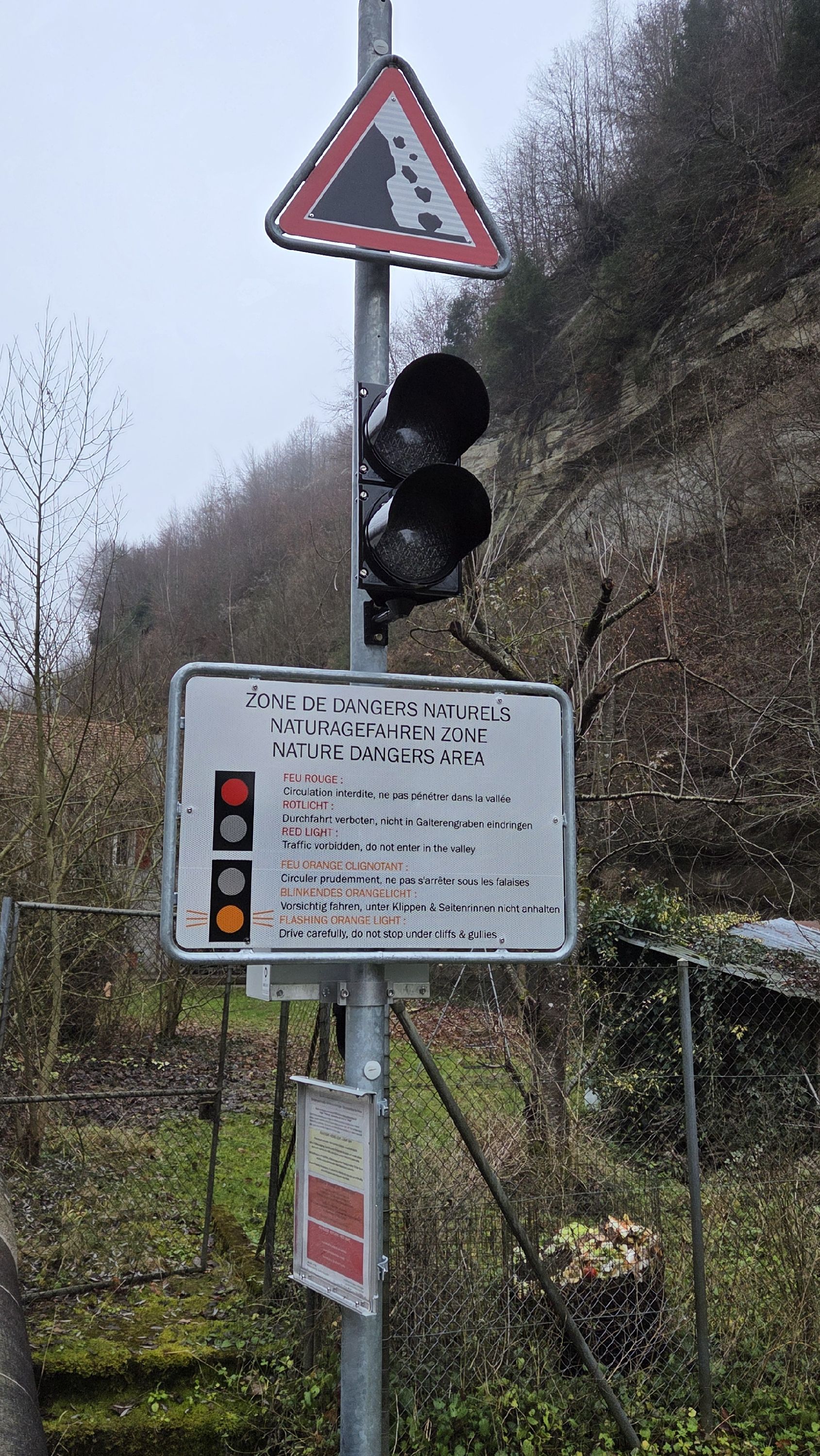
|
149232
|
MSchiegg
|
Switzerland
Fribourg
|
|
|
—
|
Freiburg/Fribourg2025
|
|

|
149231
|
MSchiegg
|
Switzerland
Fribourg
|
|
|
—
|
Freiburg/Fribourg2025
|
|
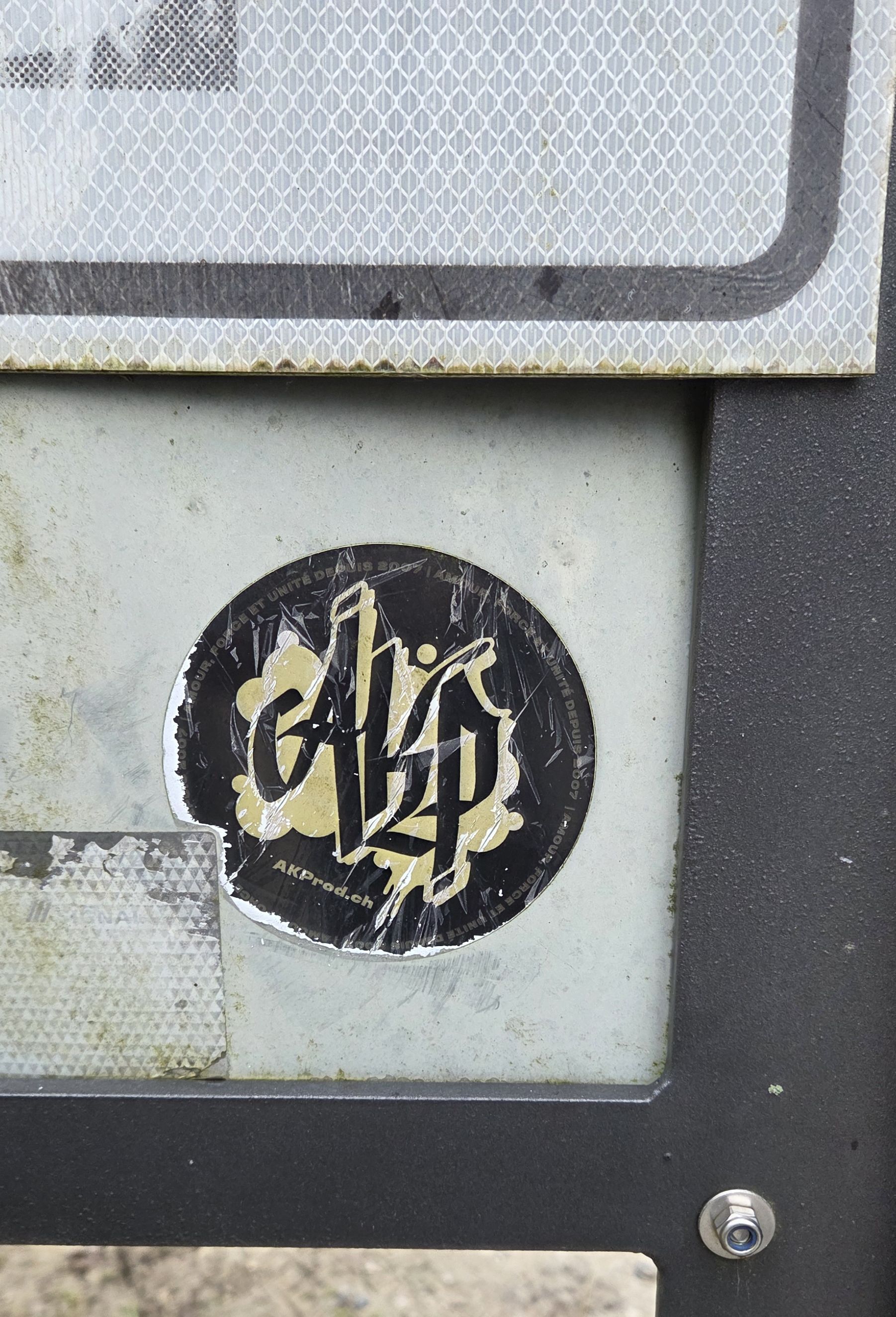
|
149230
|
MSchiegg
|
Switzerland
Fribourg
|
|
|
—
|
Freiburg/Fribourg2025
|
|
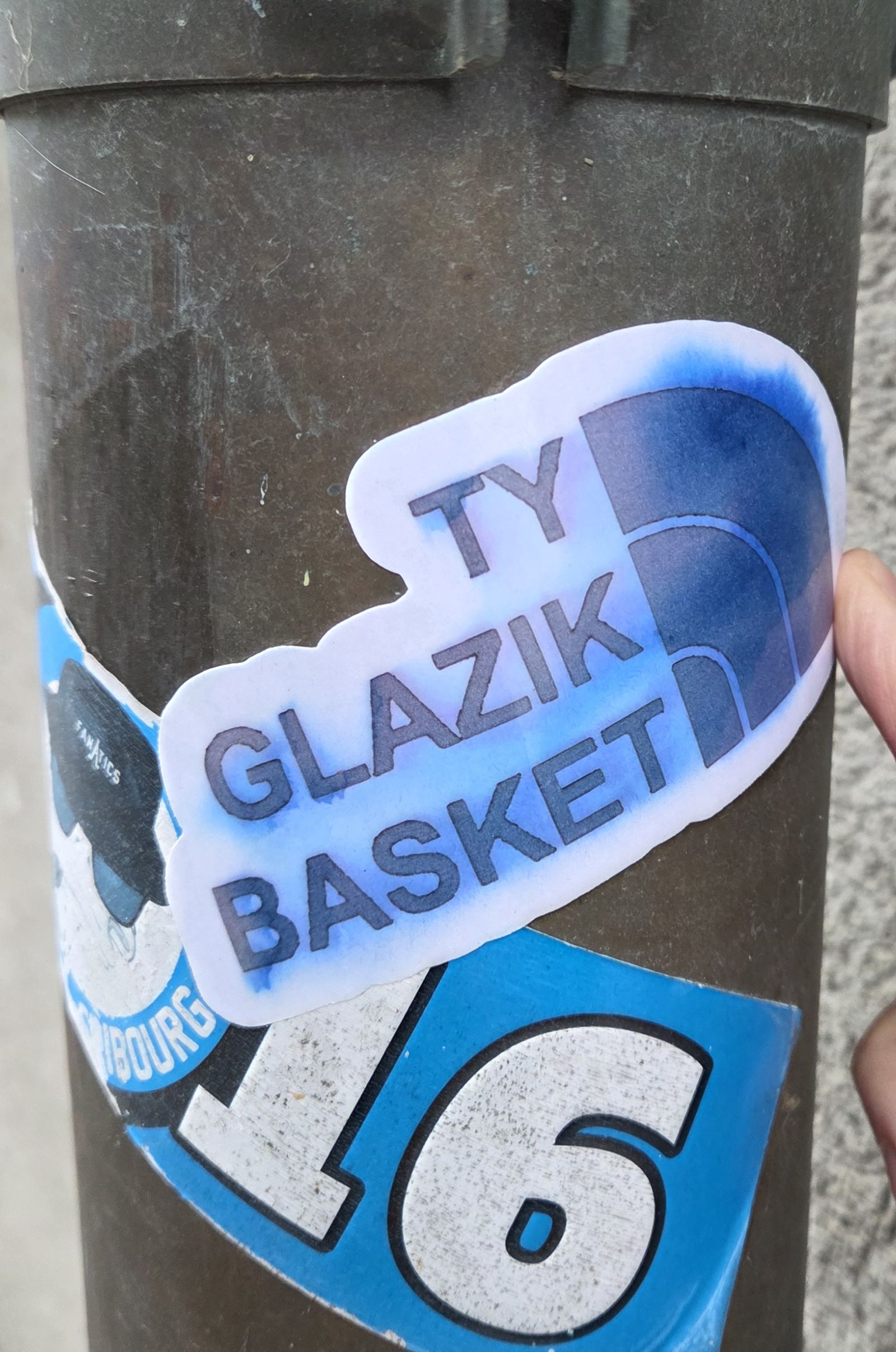
|
149229
|
MSchiegg
|
Switzerland
Fribourg
|
|
|
Bretonisch "Haus Glazik"; "Ty Glazik Basket" bezieht sich auf einen 2011 gegründeten Fanclub des Basketballteams UJAP Quimper 29
|
Freiburg/Fribourg2025
|
|
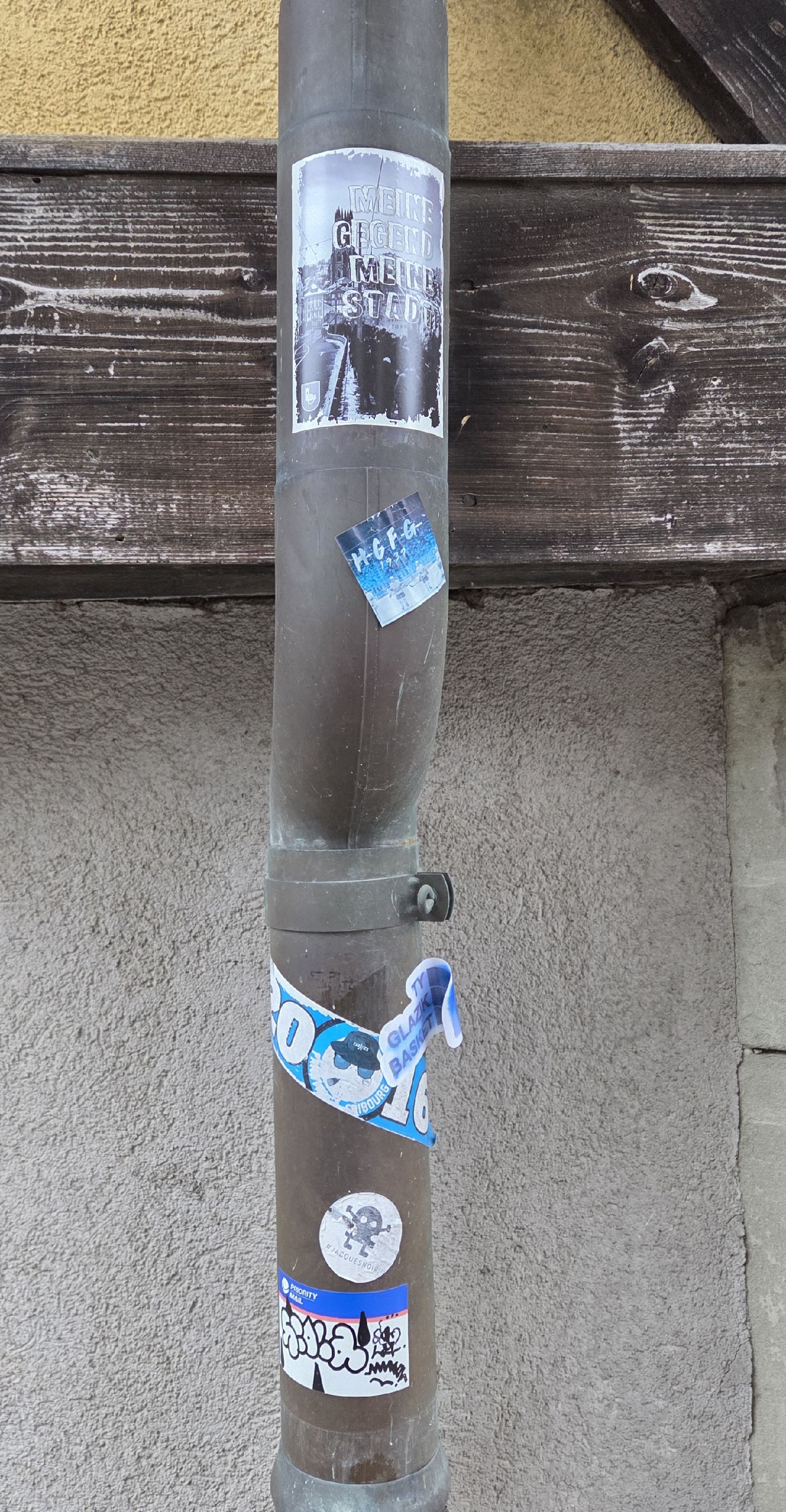
|
149228
|
MSchiegg
|
Switzerland
Fribourg
|
|
|
—
|
Freiburg/Fribourg2025
|
|
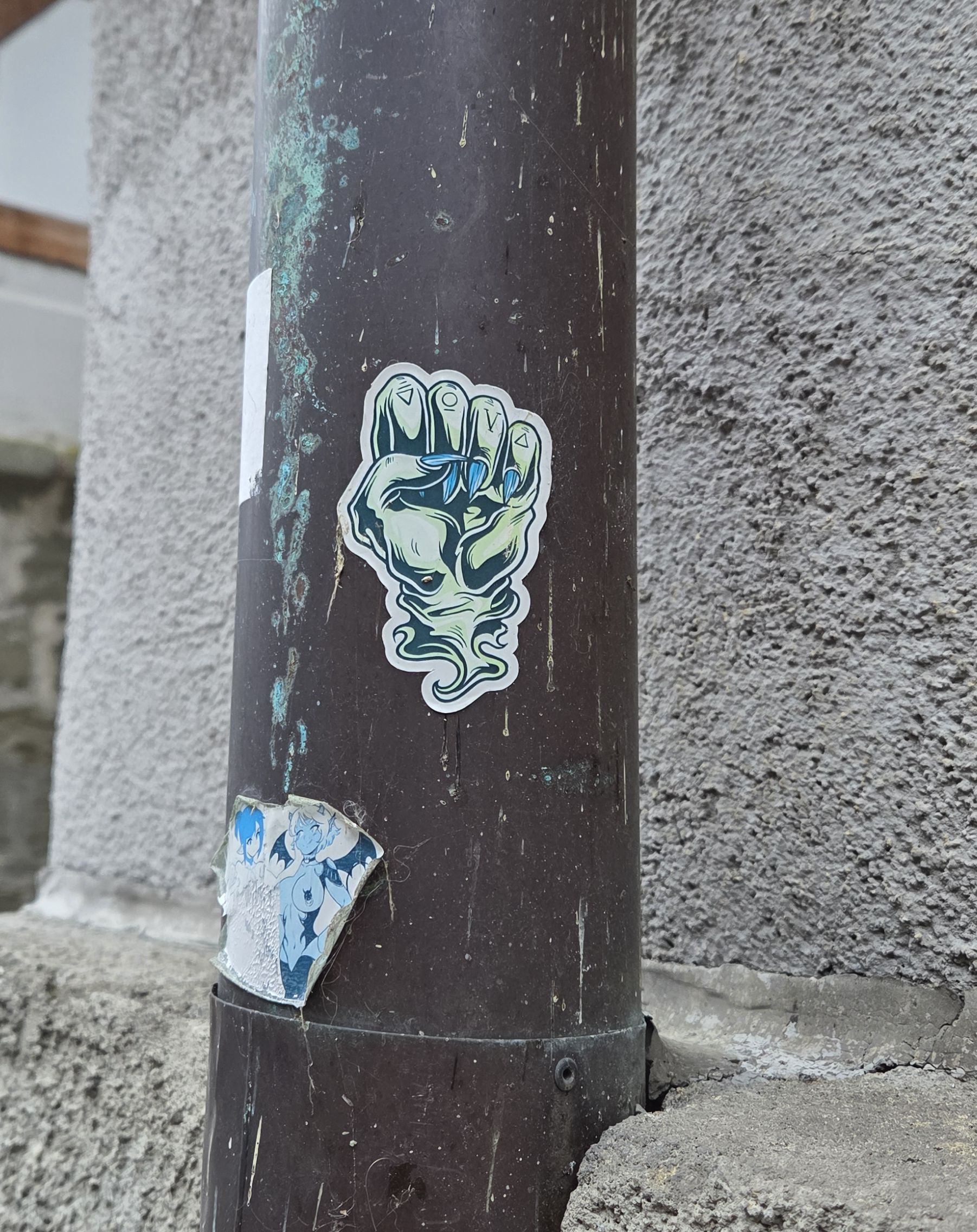
|
149227
|
MSchiegg
|
Switzerland
Fribourg
|
|
|
—
|
Freiburg/Fribourg2025
|
|
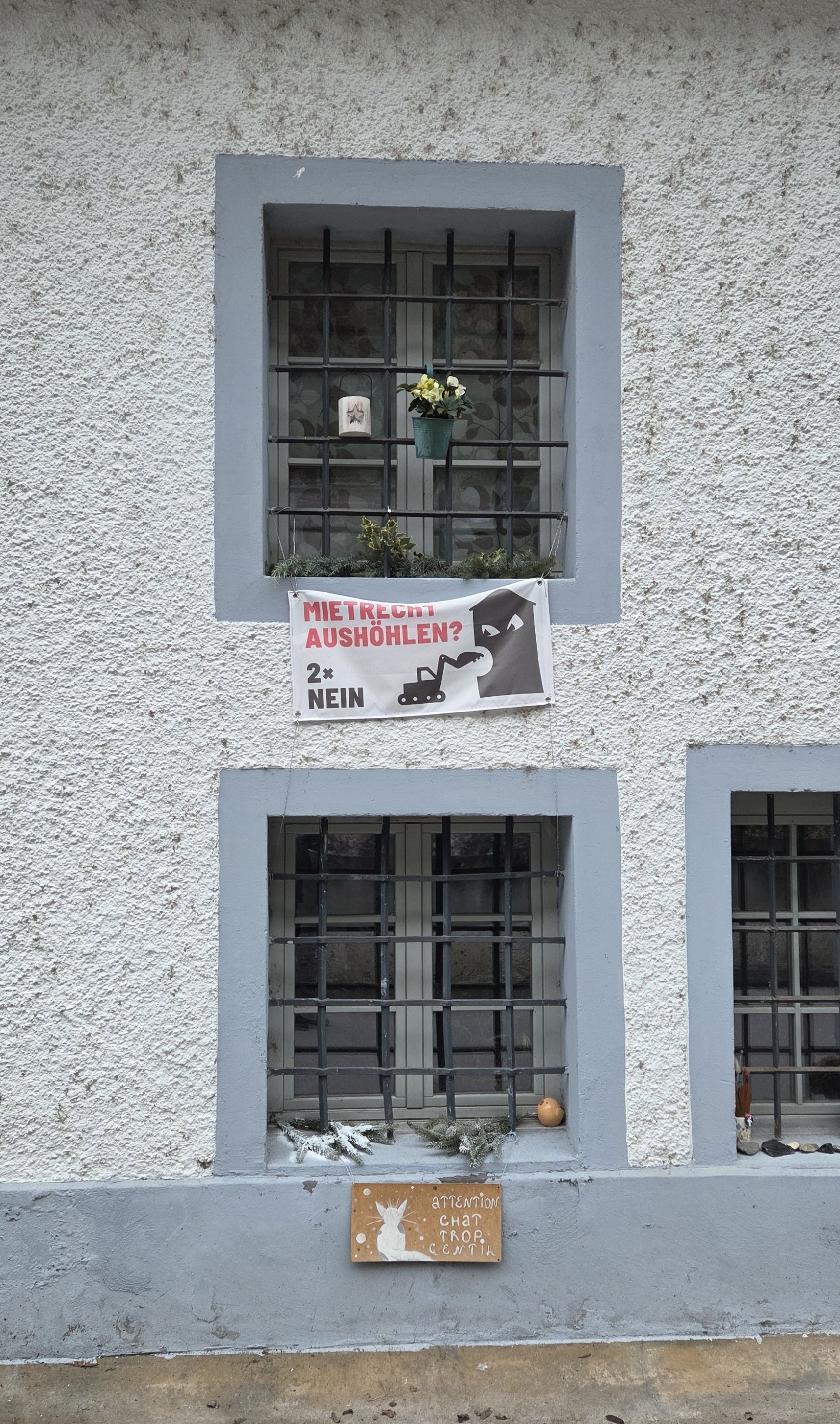
|
149226
|
MSchiegg
|
Switzerland
Fribourg
|
|
|
—
|
Freiburg/Fribourg2025
|
|
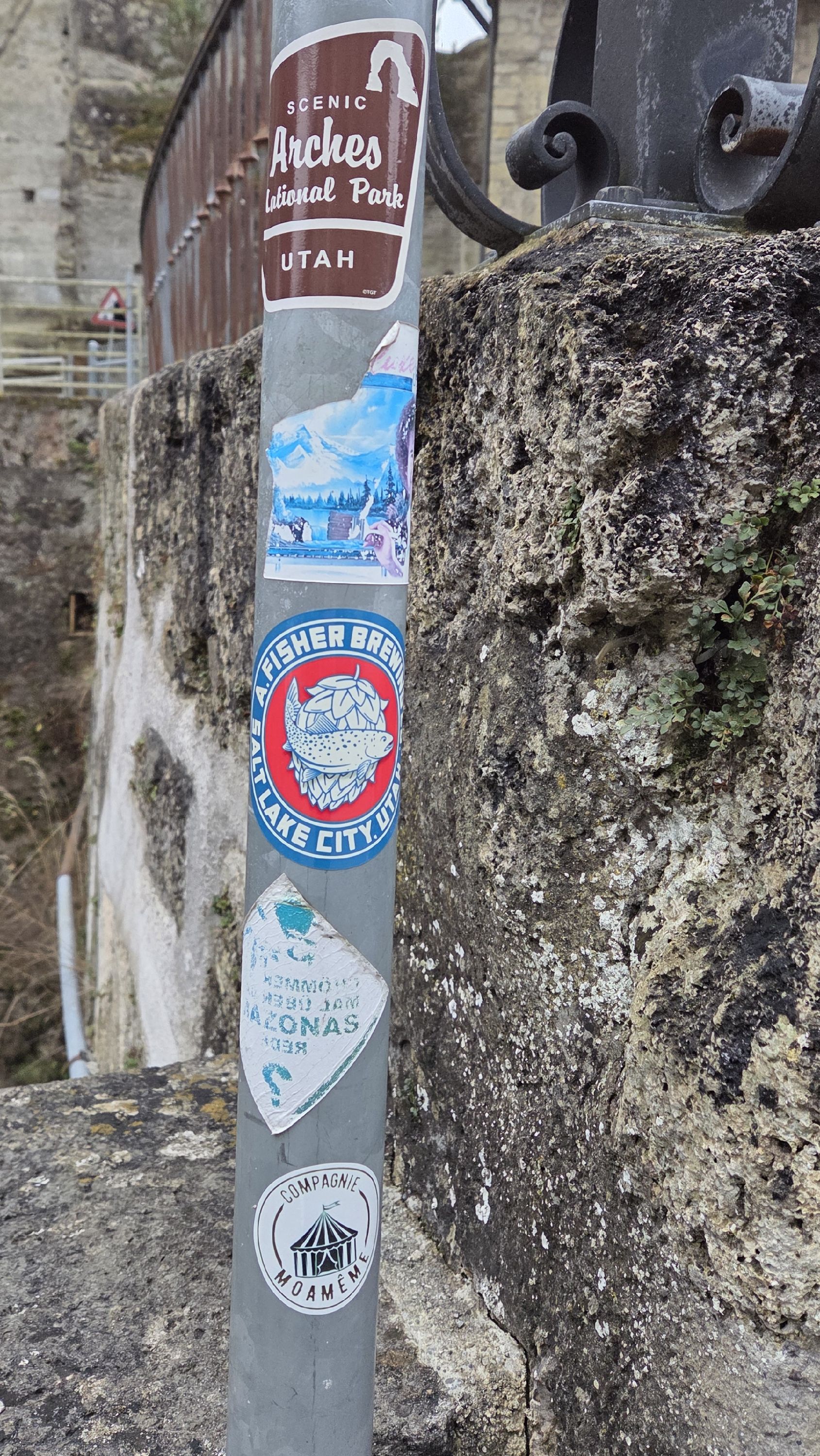
|
149225
|
MSchiegg
|
Switzerland
Fribourg
|
|
|
—
|
Freiburg/Fribourg2025
|
|